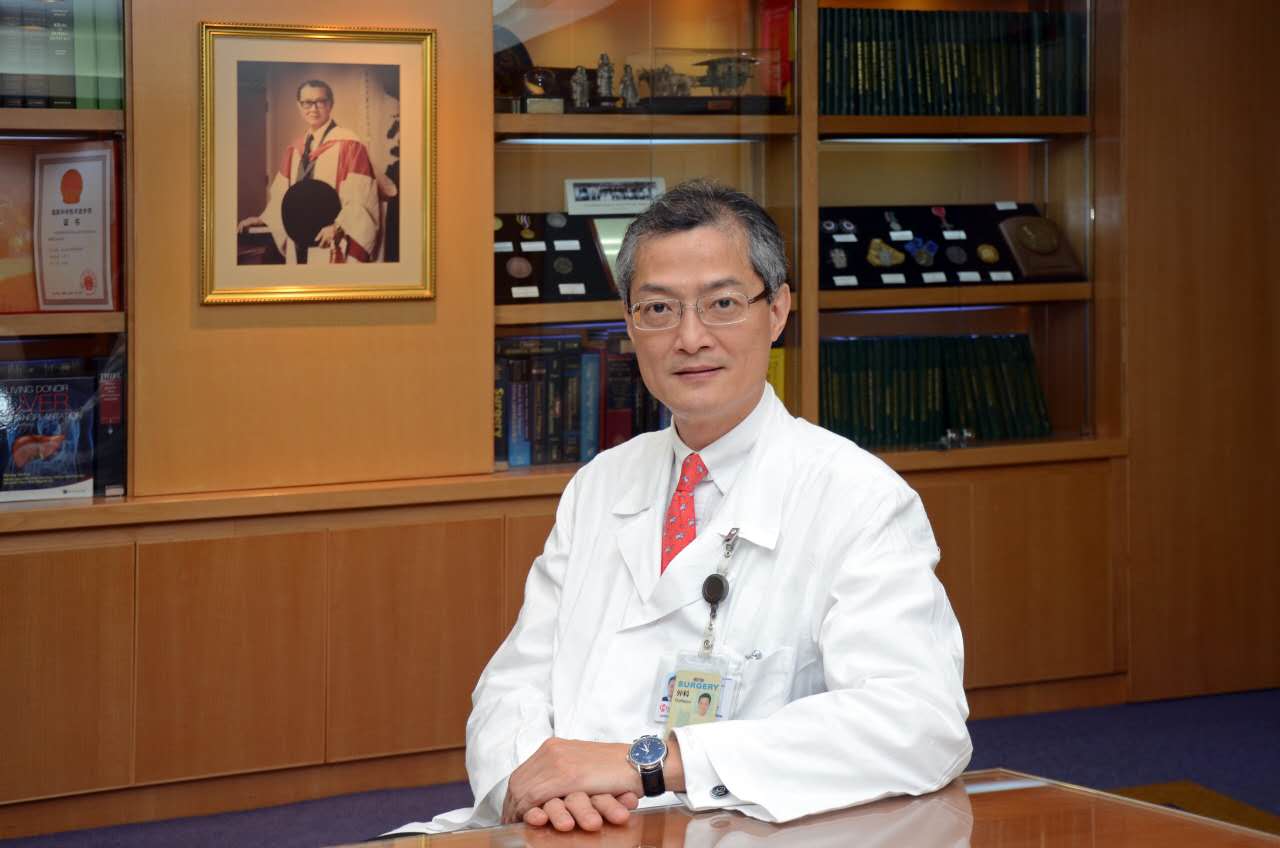Liu Minxia
mllmx@msn.com

LEAVING the capacious lowback sofa vacant at his side, Lo Chung-mau, in a black suit and red tie, stood up to answer questions raised by reporters who had flocked to the hospital from southern Chinese cities to meet him on his first day as the second president of the University of Hong Kong Shenzhen Hospital.
A leading Hong Kong liver transplant veteran, Lo has been in charge of the Shenzhen hospital’s surgical department since it opened four years ago as a pilot to introduce medical reforms to China. He is the second president of the venture between the University of Hong Kong and the Shenzhen Municipal Government. The hospital’s ex-president, Grace Tang, has retired.
“I hoped to work on the mainland when I was young, and now my dream has come true,” Lo said yesterday. “I was kindly warned of the challenges I’d face, which reminded me of the times when I decided to leave Hong Kong to receive liver transplant training. My answer now and then is that I’m a doctor. A doctor’s mission is to help others. People don’t need to come to me if the work is easy.”
Difficulties that have been associated with his work in Shenzhen, according to Lo, mainly lie in changing a health-care culture deeply rooted in local residents’ minds.
The public hospital, which is funded by the Shenzhen government but managed like a Hong Kong hospital, has taken shape over recent years as an international hospital with appointment-only registration. It bans red envelopes, or bribes, for doctors and was the first hospital in Shenzhen to stop offering intravenous injection services at its outpatient departments. The hospital also differs from other mainland hospitals by requiring patients to first see a general practitioner before being referred to a specialist.
The reforms, however, initially received a cold shoulder from patients, Lo said. “They had no faith in the new hospital as well as the new system,” he said. “They simply ran away.”
In contrast to other big public hospitals in Shenzhen, the hospital was often quiet with relatively little foot traffic. The current number of outpatients per day is 5,000, according to Lo, still far below the hospital’s capacity of 10,000 per day. The number of inpatients per day is 900, while the hospital has roughly 2,000 beds and plans to add another 1,000 soon.
The hospital, which was built with a government investment of 4 billion yuan (US$584 million), has yet to break even.
Money hasn’t hindered the pace of the hospital’s reforms, Lo said. “Money is the root cause of the tense doctor-patient relations on the mainland,” he said, sharing his insights on the reform process candidly. “The trickiest part of the reforms is the pricing reform.”
The hospital started charging patients one-off fees for 10 common surgeries, including Cesarean section and hemorrhoid surgery, in January, which has reduced medical costs for patients. Lo said that it has shared its experiences with other hospitals and will expand the policy to 50 surgeries in the near future.